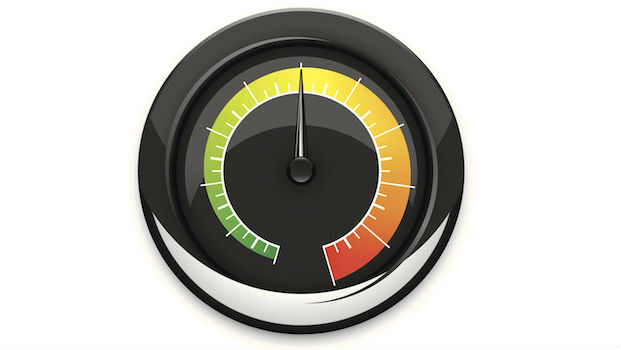
How to Gauge Email Responses
Emails are a powerful marketing tool, but how do you know which response rates are good? What kind of open rates should you have? Is an unsubscribe rate of 2 percent bad? These are all valid questions. Plenty of people just like you wonder about the same things so we’re going to break down email marketing benchmarks to help you gauge your success.
We’ll define each metric, give you an average to shoot for and, with the help of online supplement retailer, Russell Lundstrom, we’ll give you some tips to get your stats where they should be.
Open rates
Average: 18-25%
Definition: An open rate is the measure of how many people on an email list open or view a delivered email.
The average open rate for commercial emails sent in the United States is 18-25 percent. The average person gets about 150 emails a day, so an open rate hovering around the high 20s is good. For non-profits the average open rate a bit lower, between 11-16 percent depending on the type of email and organization.
Tips to boost open rates:
Subject lines play a critical role in your open rates, so take the time to craft a subject line that intrigues your readers. If you need some subject line inspiration, check out this previous post.
The day of the week and time you send your email can also impact open rates, think about your audience and when they’re most likely to be opening your emails, and target your sends then. Testing parts of your email can have a big impact open rates and engagement, for more ideas check out this blog post.
Clickthrough rates
Average: 2-8%
Definition: A clickthrough rate is the percentage of people who open a delivered email and click on at least one link in the email.
Each email you send should have some sort of clickable call to action. Whether you’re directing customers to make a purchase or read a blog post, getting customers to not only open an email, but also click on a link is a positive step in engagement.
Tips to boost your clickthrough rate:
Clickthrough rates can vary depending on a variety of things, but the best way to boost your clickthrough rate is twofold. First, de-clutter your email. Make the call to action very clear and only use one per email. (Here are some email design tips.)
Second, make sure the email you send has value, says Lundstrom. If your customers associate your brand with a quality product and quality information, they are more apt to click on a link in the email. (For additional tips, check out, “How to Keep Email Newsletter Clicks & Readers on the Rise” or “How to Make Your Email Campaign More Clickable”)
Conversion rates
Average: 5-10%
Definition: A conversion rate is the percentage of people who took the action you wanted. Whether the action is buying a product or filling out a form, the conversion rate shows you how many of your customers followed through with your call to action.
This is an important statistic to watch because it can have a direct impact on your bottom line, provided your call to action asks customers to make a purchase. Lundstrom shoots for a conversion rate of 8-10 percent, but these rates can vary. Everything from website design to ease of navigation can impact this number.
Tips to boost your conversation rate
The easiest way to boost your conversion rate is to make the sales process as easy as possible. Make sure the email you send directs customers to a page that is as close to the checkout as possible. You don’t want customers abandoning their carts because the process is too much of a hassle.
Use targeted lists to ensure you’re sending the right information to the right people, the more your readers want what you’re sending, the better chance you have to convert them.
Unsubscribe rates
Average: Less than .50%
Definition: This is the number of people who remove themselves from your email list.
Nobody likes to see a customer go, but it happens. As long as your unsubscribe rate stays below .50 percent, you’re doing well. MarketingProfs, a research site, says the average unsubscribe rate is .25, but keeping it under .50 is a good goal to set.
Tips to keep unsubscribes low
To keep customers on your email list, don’t waste their time, says Lundstrom. Again, it goes back to value. Make sure every email is important to your customer. With every email you build trust, which is tough to gain and easy to lose if you’re sending subpar emails.
And be sure to mail on a regular basis, at least once per month, to keep your business fresh in your readers minds and to help them remember why they’re getting your email.
Of course, every small business and their list is different. But these benchmarks could be just what you need to keep your email marketing efforts on track.
This post contributed by guest author, Lisa Furgison. Furgison is a media maven with ten years of journalism experience and a passion for creating top-notch content.
Want more marketing tips and tactics? Sign up for the free VR Buzz.
© 2014, Contributing Author. All rights reserved.



